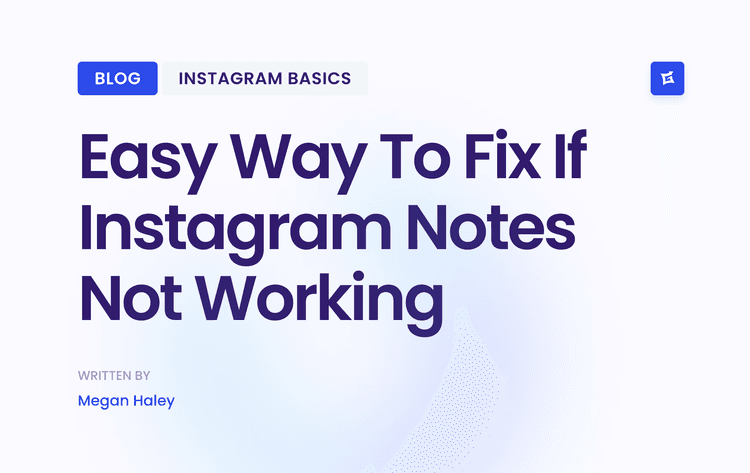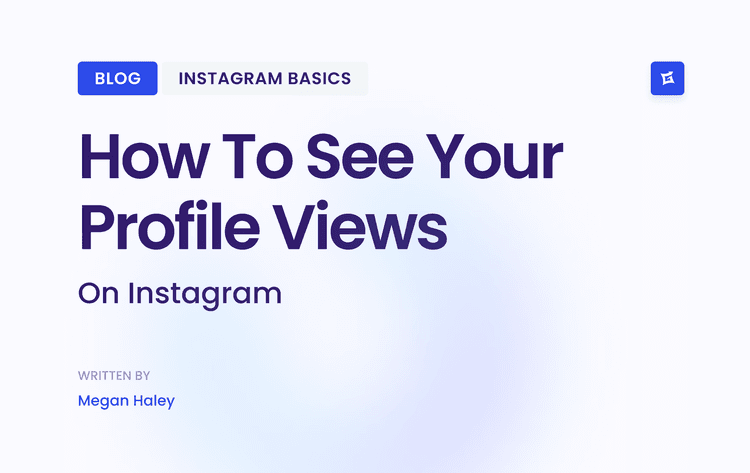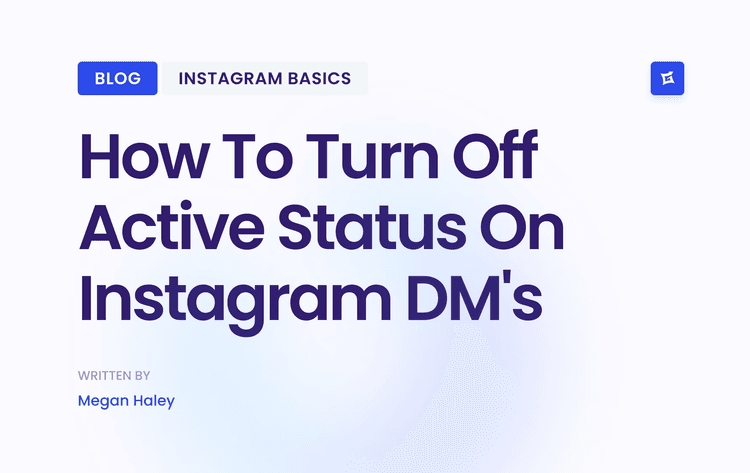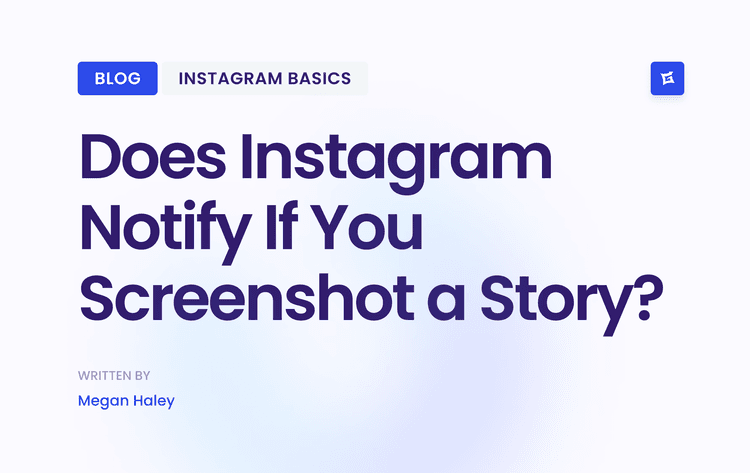Decoding Instagram's Competitive Landscape
Identifying Key Players in Your Niche
Effective competitor analysis starts by identifying key players in your niche. This includes direct competitors offering similar products or services. It also includes indirect competitors vying for your target audience’s attention.
Think about lifestyle brands, influencers, and even content creators who might be drawing engagement away from your brand. This broader view is crucial for understanding the competitive landscape and devising effective strategies.
Analyzing Content Strategies and Engagement Patterns
After identifying your competitors, analyzing their content strategies is crucial. Look beyond surface metrics like follower count. Delve into content performance. What content resonates most with their audience? What are their posting frequency and timing patterns?
How are they using features like Stories, Reels, and live videos? These insights can inform your content strategy and help you create more engaging content. By understanding the competitive landscape, analyzing competitor strategies, and adapting to Instagram's evolving dynamics, you can position your brand for significant growth.
Mapping Your Real Competition (Beyond the Obvious)
Identifying your competition on Instagram goes deeper than simply looking at brands with similar products. A broader view is essential for a comprehensive Instagram competitor analysis. Consider who else is competing for your target audience's attention. These indirect competitors might include lifestyle brands, influencers, or content creators whose audience shares common ground with yours.
For example, a fitness apparel brand might compete not only with other apparel companies but also with fitness influencers and health food brands. This wider perspective is key to understanding the complete competitive landscape.
Going Beyond Surface-Level Comparisons
When analyzing your competition, it's helpful to use proven strategies like competitive content analysis techniques. Don't just look at follower counts. Instead, examine engagement rates, posting frequency, and content formats.
These metrics offer a more complete understanding of competitor performance and audience preferences. Also, consider the quality of their content, the style of their visuals, and their interaction with followers. These qualitative factors can be as important as the quantitative metrics.
A structured approach can be extremely valuable for organizing your competitor analysis. The list below provides a framework for identifying and categorizing your Instagram competitors.
Instagram Competitor Identification Framework: A systematic approach to identifying and categorizing different types of Instagram competitors for more focused analysis
Direct Competitors
Definition: Brands offering similar products/services to your exact target audience.
How to Identify: Use keyword research, competitor analysis tools (like SEMrush or Ahrefs), and industry reports.
Priority: High - Monitor closely as they directly compete for your customers.
Indirect Competitors
Definition: Brands targeting your audience but with different offerings (e.g., a smoothie brand vs. a fitness app).
How to Identify: Analyze audience overlap, use social listening tools, or research shared influencers.
Priority: Medium - Their strategies may reveal audience insights or untapped opportunities.
Content Competitors
Definition: Creators or brands producing similar content (e.g., tutorials, inspiration) for your audience.
How to Identify: Study hashtags, use content analysis tools (like BuzzSumo), or explore Instagram/Search suggestions.
Priority: Medium - Their engagement tactics can inform your content strategy.
Aspirational Competitors
Definition: Industry leaders or larger brands whose success you aim to emulate.
How to Identify: Review industry benchmarks, competitor reports, or niche leaders.
Priority: Low - Useful for long-term inspiration but less critical for immediate strategy.
This framework allows you to categorize competitors based on relevance and prioritize your monitoring efforts. Focusing on high-priority competitors provides the most relevant insights for your brand.
Visualizing Competitor Performance
The infographic below visualizes key Instagram competitor metrics—average follower growth rate, average engagement rate, and average posting frequency—for the three top competitors. This comparison highlights how these brands perform against one another based on key engagement drivers.
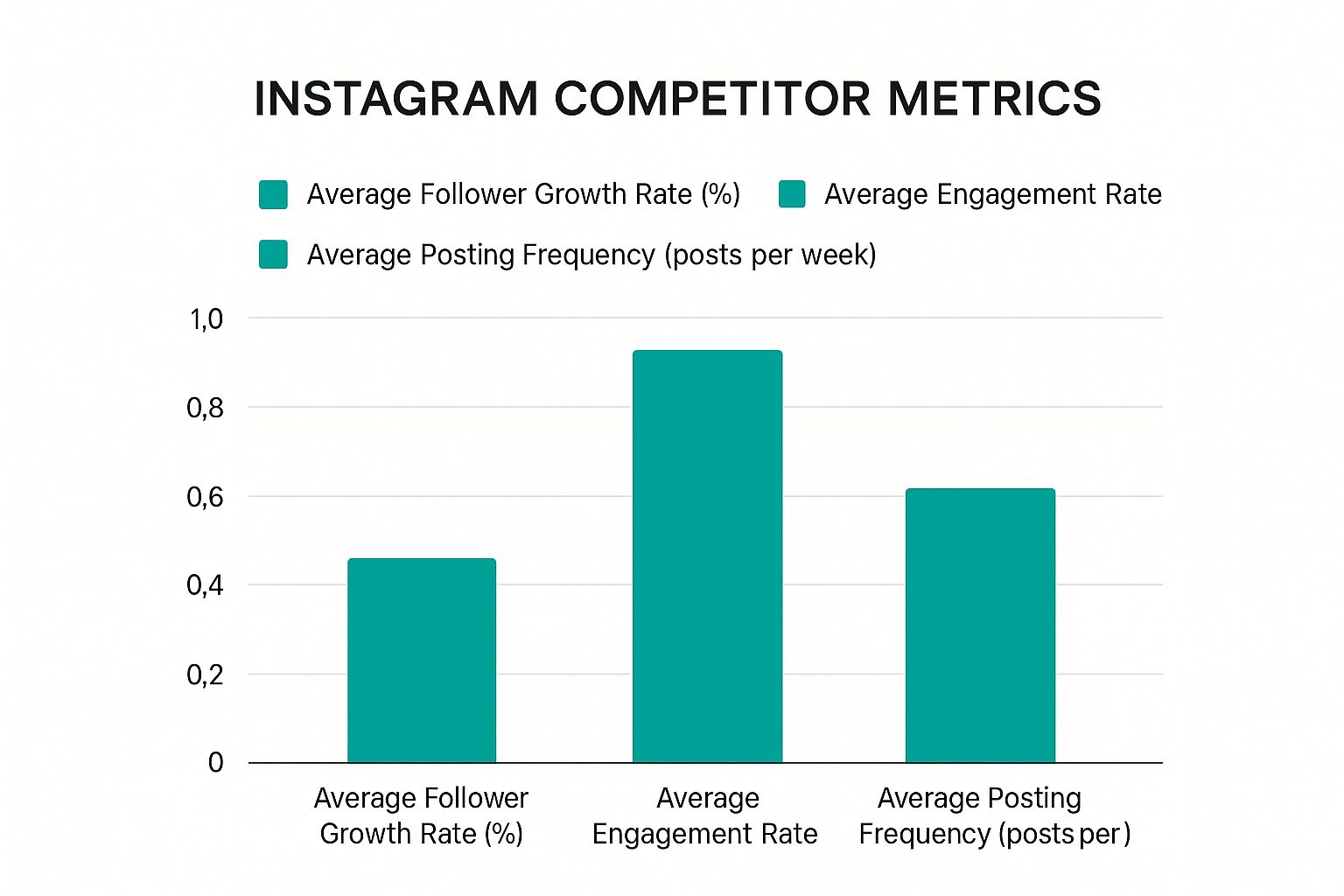
As shown, Competitor A has the highest follower growth rate, while Competitor B excels in engagement. Competitor C maintains a higher posting frequency but lags in the other two metrics. This data suggests different strategies are being used and reveals potential opportunities. Perhaps you could learn from Competitor A's growth tactics or focus on improving engagement like Competitor B.
Building a Dynamic Tracking System
Keeping track of this information can be challenging. A dynamic tracking system is essential for your Instagram competitor analysis. This system should monitor key competitor activities efficiently. Consider setting up alerts for changes in competitor strategies, new campaigns, or fluctuations in engagement. This real-time information lets you react quickly to market changes and capitalize on opportunities. It also helps you identify emerging trends and adapt your strategy.
Cracking Your Rivals' Content Playbooks
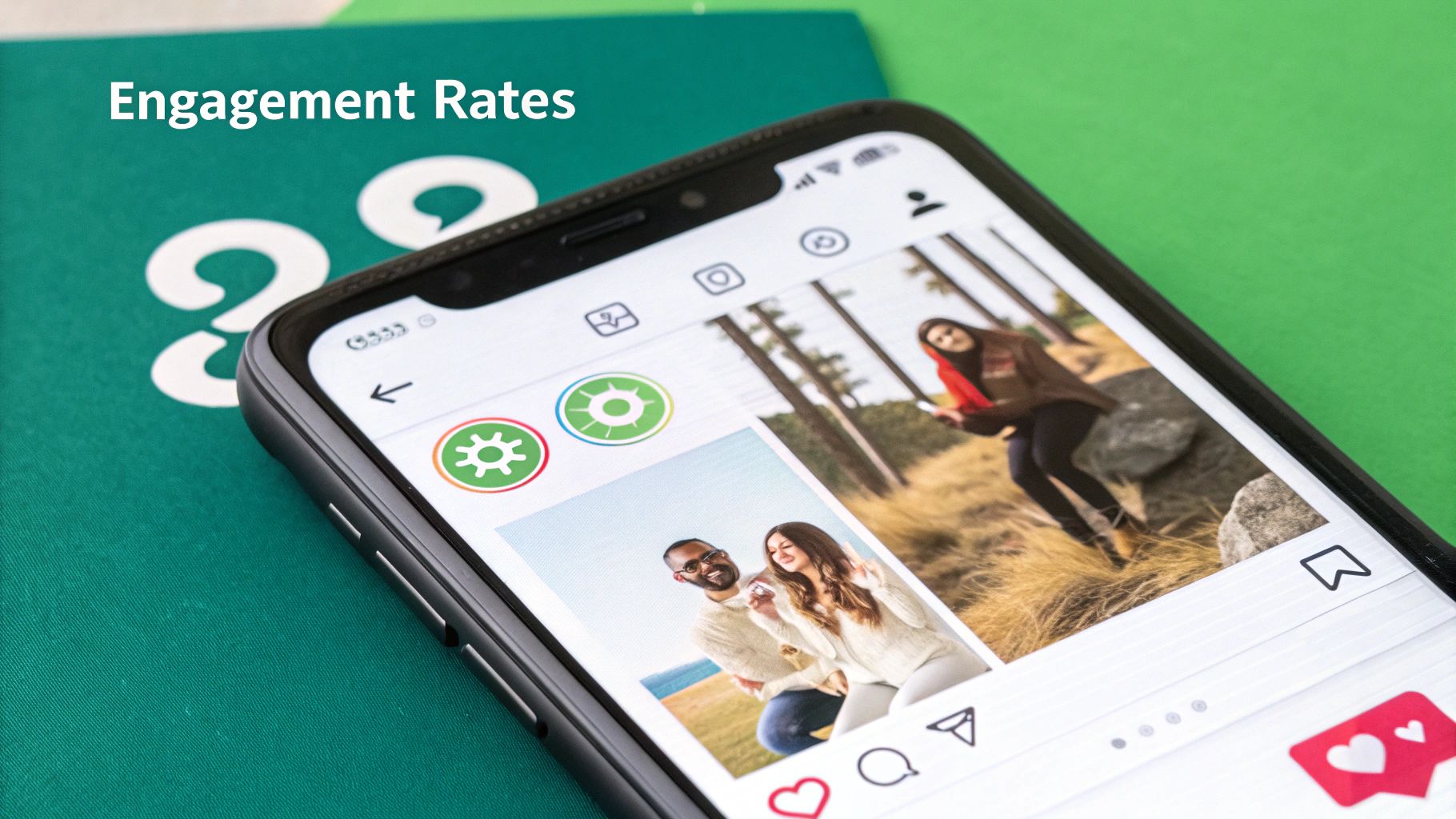
Effective Instagram competitor analysis goes beyond simply checking follower counts. It involves a deep dive into the core of their content strategy. This means understanding what makes certain posts successful and why others fail to connect with the audience.
Deconstructing Content Calendars
Reverse-engineering your competitors' content calendars is a powerful method for Instagram competitor analysis. By examining the frequency, timing, and themes of their posts, you can identify patterns and gain valuable insights.
For instance, if a competitor regularly posts user-generated content on Tuesdays, it might suggest this strategy performs well with their audience. Furthermore, analyzing their use of hashtags, captions, and calls to action can reveal the subtle details of their content strategy. These often-overlooked details are essential components of effective Instagram competitor analysis.
Identifying Testing Patterns and Strategic Shifts
Competitors are constantly experimenting. By closely monitoring changes in their content format, posting schedule, and even their visual style, you can spot their testing patterns. These patterns often signal shifts in their overall strategy. Recognizing these shifts early allows you to anticipate market trends and adapt your strategy accordingly.
This could be something as simple as a switch from single-image posts to carousels, or a noticeable increase in video content. Quickly identifying these changes can provide a significant competitive advantage.
Analyzing Visual Language and Caption Strategies
Instagram is a visually driven platform. A comprehensive Instagram competitor analysis must, therefore, include an evaluation of your competitors' visual language. Analyze their use of color palettes, filters, fonts, and overall aesthetic. Are they striving for a clean, minimalist look or a more vibrant, energetic feel?
Equally important is examining their caption strategies. Do they favor long, detailed captions or short, impactful ones? What is their brand voice, and how do they incorporate humor, storytelling, or emotional appeals? These observations provide valuable context for understanding the overall effectiveness of their content strategy. This understanding can then shape your approach to visual content and captions, helping ensure your brand's visual identity resonates with your target audience. While Instagram remains a powerful platform, shifts in user behavior necessitate adaptation. Recent data shows that although Instagram's market share remains strong, user engagement experienced a 16% decline in 2025. More detailed statistics can be found here: https://www.rivaliq.com/blog/social-media-industry-benchmark-report/. This highlights the importance of ongoing Instagram competitor analysis and staying informed about industry trends.
Balancing Promotional and Engaging Content
Finally, analyze how your competitors balance promotional content with engagement-focused content. Excessive promotional content can deter followers, while a lack of it can limit your reach. Finding the right balance is crucial. Examine the ratio of promotional posts to non-promotional posts. Look for patterns in their use of sponsored content and affiliate marketing. By understanding their approach, you can refine your content strategy to optimize engagement and promotional effectiveness.
Unmasking Competitive Ad and Monetization Strategies
While organic reach is valuable, paid strategies often provide the competitive edge on Instagram. This section explores how to analyze competitor advertising and monetization tactics, from sponsored posts to full-blown campaigns. This process helps you understand what drives revenue for your rivals and informs your strategies.
Identifying Advertising Approaches
A crucial element of Instagram competitor analysis involves identifying your competitors’ advertising approaches. Look for sponsored posts, often marked with labels like "Sponsored" or "Paid Partnership." These provide clues about the target audience and the types of content that resonate with them. Pay attention to the frequency and timing of these ads. Are they concentrated around specific times or days? This offers insights into their advertising schedule and budget allocation.
Additionally, examine the types of ads they’re running. Are they primarily using image ads, video ads, carousel ads, or Stories ads? This tells you about their creative strategy and the formats they find most effective. Tracking these elements helps you understand their overall advertising approach.
Estimating Ad Spend and Tracking Partnerships
Estimating a competitor's ad spend isn’t precise, but tools and techniques can help. Some platforms offer estimates based on ad frequency and reach. You can also look at the scale of their campaigns and the influencers they partner with to get a general idea of their budget. Tracking sponsored partnerships is another important piece. Which influencers are they working with? What is the nature of these partnerships? This can reveal a lot about their target audience and influencer marketing strategy.
For example, if a competitor regularly partners with fitness influencers, they’re likely targeting a health-conscious audience. These observations give you context for their overall marketing strategy. Instagram’s advertising revenue is projected to reach $67.27 billion in 2025, making it the second-highest revenue generator for Meta, behind only Facebook. This highlights the platform’s importance in the advertising market. Learn more about Instagram advertising revenue here. Understanding this landscape is essential for a robust Instagram competitor analysis.
Decoding Conversion Strategies: Product Tagging, Promotions, and Offers
Analyzing a competitor's product tagging is key to understanding their e-commerce strategy. How effectively are they using product tags in their posts and Stories? Are they using shoppable posts? This reveals insights into their sales funnel and how they drive conversions directly on the platform.
Further, examine their promotional cadence. How often do they run sales or offer discounts? What kinds of promotions are they using? Are they primarily using percentage discounts, free shipping, or bundled deals? Identifying these patterns helps you anticipate their promotional calendar and perhaps strategically align your offers.
Finally, look at any special offers or limited-time promotions. These can signal product launches, seasonal campaigns, or attempts to clear out inventory. By understanding their promotional tactics, you gain a valuable advantage in your competitive strategy. This detailed analysis reveals a comprehensive picture of how they convert followers into customers.
Leveraging Audience Insights For Competitive Advantage
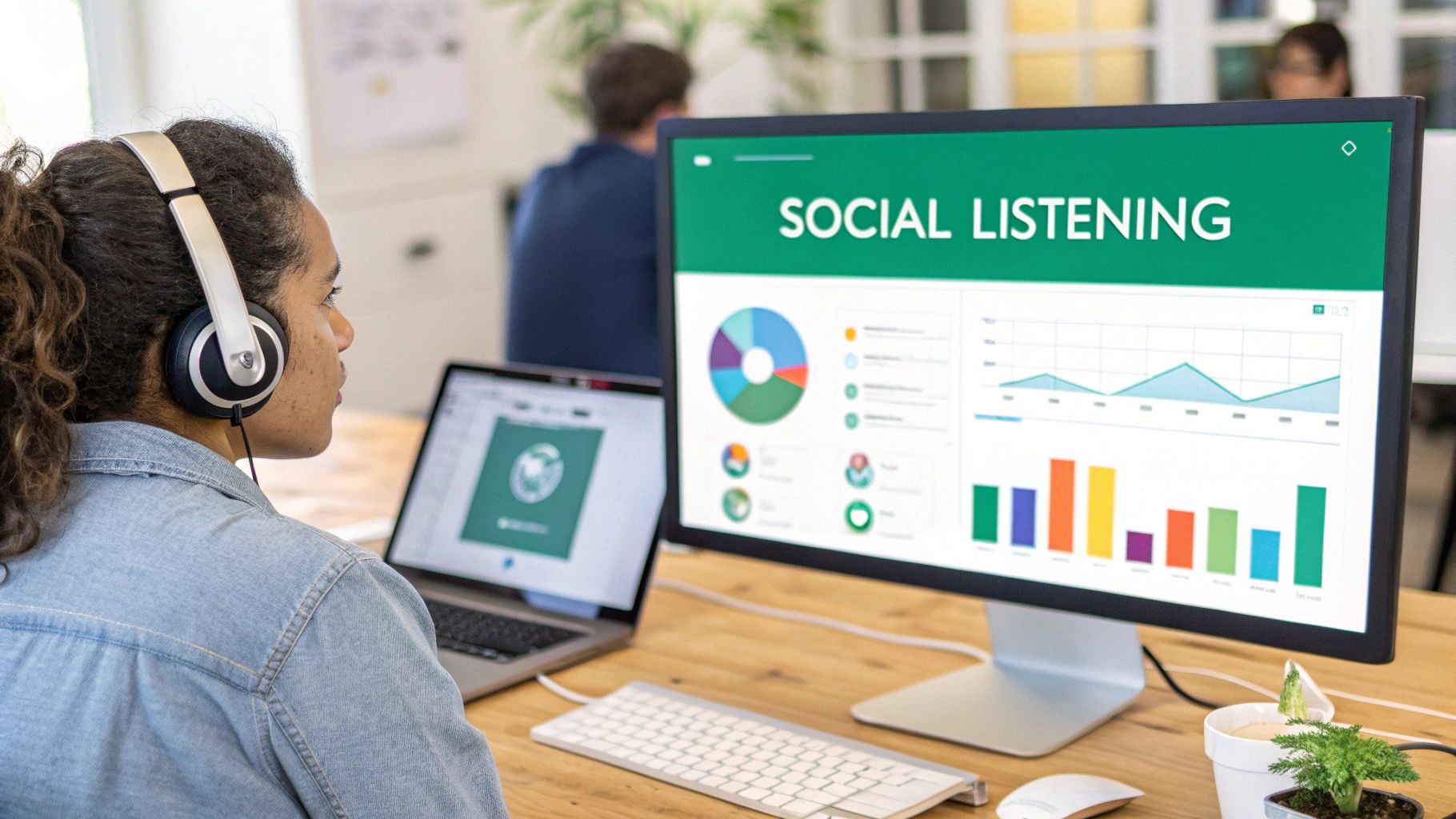
A truly effective Instagram competitor analysis goes beyond simply counting followers. It requires diving deep into the wealth of available data regarding your competitors' audiences. These insights can uncover key opportunities to refine your strategies and gain a competitive edge.
Analyzing Audience Overlap and Sentiment
Audience overlap reveals the shared audience between you and your competitors. Understanding this overlap helps identify potential customers you might be missing. It also highlights areas where your competitors are excelling at capturing audience attention, allowing you to target your marketing more effectively.
Analyzing audience sentiment provides further valuable context for shaping your content strategy. By understanding how your competitors' audiences react to various types of content, you can tailor your messaging for maximum impact and resonance.
This type of analysis can also offer insights into different monetization strategies. Examining your competitors can illuminate the effectiveness of various models, such as those discussed in articles about e-commerce subscription models.
Identifying Untapped Audience Segments
Successful brands often uncover untapped audience segments overlooked by their competitors. By analyzing competitor audience demographics, interests, and online behavior, you can pinpoint segments they aren't effectively reaching.
For example, a competitor might be heavily focused on a specific demographic, leaving another potentially lucrative group underserved. This gap represents a valuable opportunity to create tailored content, differentiate your brand, and expand your market reach.
Detecting Shifts in Audience Preferences
Audience preferences are constantly evolving. Frameworks that monitor changes in competitor audience engagement are crucial. A sudden spike in interest in one type of content or a decline in engagement with another can signal a shift in audience preferences.
Detecting these shifts early allows you to proactively adapt your content strategy, maintain high engagement, and stay ahead of the curve.
Building Community Through Strategic Interactions
Building a genuine community is essential, going beyond simply creating content. Examine how your competitors interact with their audience. Are they actively responding to comments and messages? Are they hosting Q&A sessions or live events?
Successful brands cultivate community through consistent and strategic interaction. Fostering genuine connections not only drives engagement but also generates valuable feedback and builds loyalty.
Analyzing these strategies provides insights into effective community-building tactics. One brand might prioritize replying to every comment to create personalized attention. Another might organize regular online meetups to solidify brand loyalty and community engagement.
A structured approach is highly beneficial for effectively comparing and analyzing competitor engagement. The list below provides a useful framework for this purpose.
Introducing the "Instagram Engagement Metrics Comparison Framework," a comprehensive tool for comparing key engagement metrics across competitors. This framework helps identify strengths, weaknesses, and opportunities within the competitive landscape.
Audience Overlap
Measurement: Use tools like Sparktoro to analyze shared followers between your account and competitors.
Benchmark: Compare to industry averages or top competitors' overlap percentages.
Strategic Value: Reveals untapped audience segments and highlights where competitors are outperforming you in capturing attention.
Sentiment Analysis
Measurement: Monitor comments, mentions, and hashtags to assess brand perception (positive/neutral/negative).
Benchmark: Aim for positive sentiment to outweigh negative sentiment.
Strategic Value: Provides insights into audience preferences, allowing you to refine messaging and address pain points.
Engagement Rate
Measurement: Calculate (Likes + Comments + Shares) ÷ Follower Count × 100 for posts.
Benchmark: Compare against industry standards and competitors' rates.
Strategic Value: Identifies high-performing content types and reveals gaps in your strategy (e.g., low comment rates may indicate weak calls-to-action).
Reach
Measurement: Track unique viewers of your content vs. competitors' reach.
Benchmark: Assess against competitors with similar follower counts.
Strategic Value: Measures content distribution effectiveness; low reach may signal algorithm issues or poor hashtag use.
By analyzing these metrics in comparison to industry benchmarks and competitors' performance, you can identify areas where you excel and areas where you can improve. This data-driven approach empowers you to make strategic decisions to optimize your Instagram marketing efforts.
Building Your Competitive Intelligence Toolbox
Lots of tools promise Instagram insights, but truly actionable competitive intelligence is harder to come by. This section explores analytics platforms that offer valuable competitive data worth your time and money for Instagram competitor analysis.
Choosing the Right Tools for the Job
The sheer number of social media analytics tools can be overwhelming, and they're not all equal. Some focus on basic metrics like follower count and engagement rate, while others delve deeper into competitor content strategies, audience demographics, and even ad spending.
Effective Instagram competitor analysis needs a multi-faceted approach. Combining different tools gives you a broader range of data and a more complete view of the competitive landscape. Think about incorporating tools that specialize in specific areas like content analysis, audience demographics, and advertising performance. This blended approach generates a more comprehensive and insightful analysis.
Evaluating Analytics Platforms
When selecting platforms for your Instagram competitor analysis, look for these key features:
Competitor Benchmarking: The ability to compare your performance against competitors on key metrics is vital. This helps pinpoint areas where you excel and areas needing improvement.
Content Analysis: Detailed insights into competitor content strategies – what's working, what's not, and emerging trends – are invaluable.
Audience Demographics: Understanding your competitors' audience demographics, interests, and online behavior provides crucial targeting and messaging insights.
Advertising Intelligence: If your competitors use ads, you need visibility into their strategies. Look for tools that track ad spend, ad creatives, and target audiences.
Gainsty, for example, leverages AI to provide organic growth strategies, analytics, and account management, making it a good option for businesses and influencers focused on organic growth. The combination of these elements empowers informed decision-making.
Harnessing the Power of AI
AI-powered tools are playing an increasingly crucial role in Instagram competitor analysis. They can automate many time-consuming tasks, including:
Identifying Competitors: AI analyzes accounts with similar content, audiences, and engagement patterns to identify potential competitors you might have overlooked.
Tracking Competitor Activity: AI monitors competitors' posts, stories, and ads in real time, alerting you to any significant changes.
Predicting Trends: AI analyzes large datasets to predict emerging trends, helping you stay ahead of the curve.
For instance, AI can detect shifts in a competitor's posting frequency, content format, or hashtag usage, allowing you to anticipate their strategic adjustments. This proactive approach gives you valuable time to refine your strategy and maintain a competitive edge.
From Data to Action: Building Practical Workflows
Having the right tools is only the beginning. You also need efficient workflows to build complex data into clear action steps. This involves:
Regular Reporting: Schedule regular reports to monitor key competitor metrics and identify trends over time.
Data Visualization: Use charts and graphs to enhance data comprehension and facilitate sharing within your team.
Actionable Insights: Focus on converting data into concrete actions for performance improvement.
For example, if a competitor's engagement significantly increases after using video content, this insight might encourage you to invest more in video production. By consistently analyzing data and acting on these insights, you can refine your Instagram strategy and outperform the competition. This approach ensures you're not just collecting data, but actively using it to drive results.
Translating Competitor Insights Into Winning Strategies
The ultimate goal of Instagram competitor analysis isn't just about collecting data; it's about building that data into a real competitive advantage. This section explores proven methods for turning your competitive intelligence into actionable strategies that deliver measurable results.
Identifying Opportunities and Bridging Gaps
Successful brands systematically identify real opportunities. They do this by analyzing competitor weaknesses, understanding audience needs, and capitalizing on emerging platform features. For example, if a competitor struggles with video content, but your brand excels in this area, you have a clear opportunity. You can attract their audience by creating high-quality videos.
This is where understanding audience needs is critical. Perhaps your analysis reveals a demand for educational content, a need your competitors aren't fulfilling. This gap represents a chance to position your brand as a valuable resource and attract new followers.
Finally, consider how new Instagram features fit into your competitive strategy. If a competitor is slow to adopt a new feature like Instagram Reels or live shopping, you can seize an early advantage. Experiment and build an audience on that new frontier.
Prioritizing Initiatives and Setting Benchmarks
Once you've identified opportunities, it's crucial to prioritize them. Base your priorities on potential impact and available resources. Some initiatives might yield quick wins, while others require a longer-term investment.
Setting realistic benchmarks is also key. Instead of aiming for unrealistic follower growth, focus on measurable objectives. For example, you might strive to increase your engagement rate by 10% or drive 5% more traffic to your website. These targeted goals give you a framework for evaluating your success.
If your analysis shows that a competitor’s average engagement rate is 2%, you might aim for 2.5%. This focused approach ensures your efforts are directed towards achievable and impactful improvements.
Measuring Performance Gains and Maintaining Continuous Improvement
Continuously tracking your progress is essential for evaluating the effectiveness of your strategies. This is where detailed analytics come in. Track metrics like follower growth, reach, engagement, and website traffic. Regular monitoring lets you see what's working and what's not, allowing you to adapt as needed. This ongoing assessment is vital for long-term Instagram success.
Leading brands maintain a cycle of continuous improvement by adapting, testing, and iterating. They don't just implement a strategy and leave it be. They constantly monitor performance, analyze the data, and make adjustments. They might test different content formats, posting times, or new engagement tactics. This experimental mindset, combined with data-driven analysis, helps brands stay ahead.
Furthermore, successful brands calculate the ROI of their Instagram competitor analysis. This could involve tracking increases in sales, website traffic, brand awareness, or a reduction in customer acquisition cost. By measuring the tangible benefits of their competitive analysis programs, brands can justify their investment and demonstrate the value of this strategic approach.
Want to scale up your Instagram growth with a data-driven, competitor-focused approach? Gainsty offers AI-powered insights, analytics, and expert guidance to help you outperform rivals and achieve real results. Check out Gainsty today and renew your Instagram strategy.
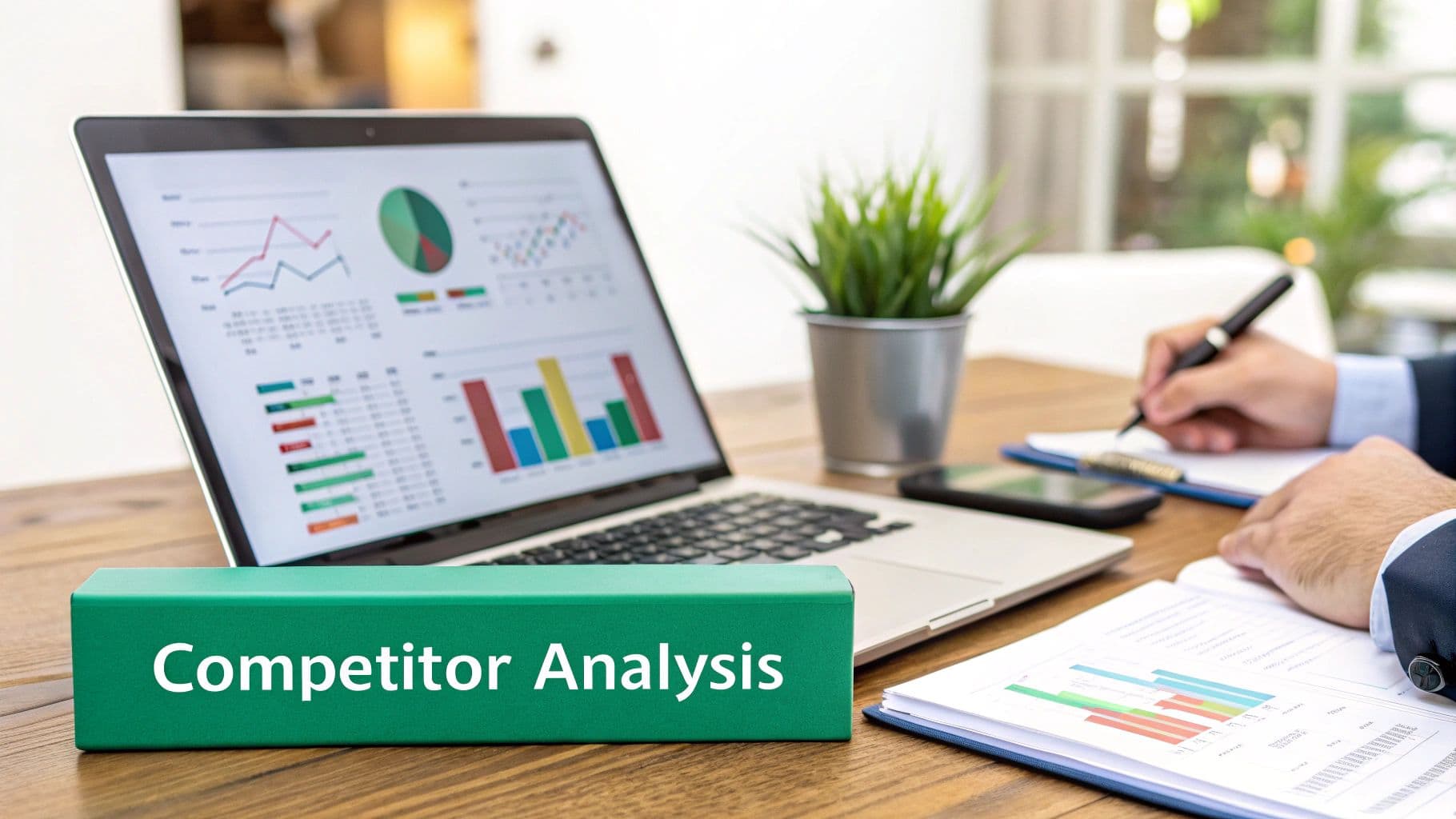
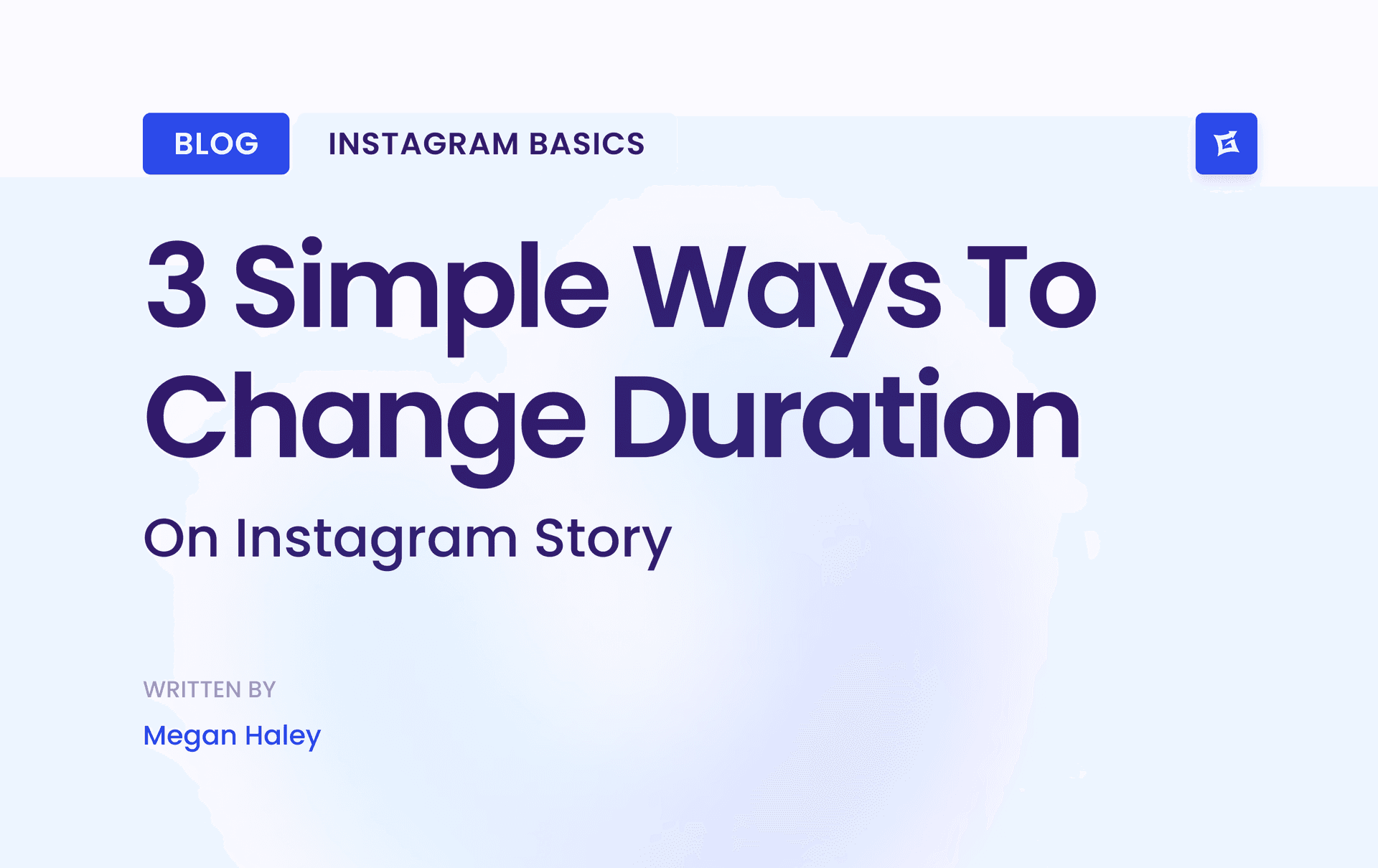
.png&w=1920&q=75&dpl=dpl_9XSWKBjhcBN6v6b1SN7m3p1WWjfr)
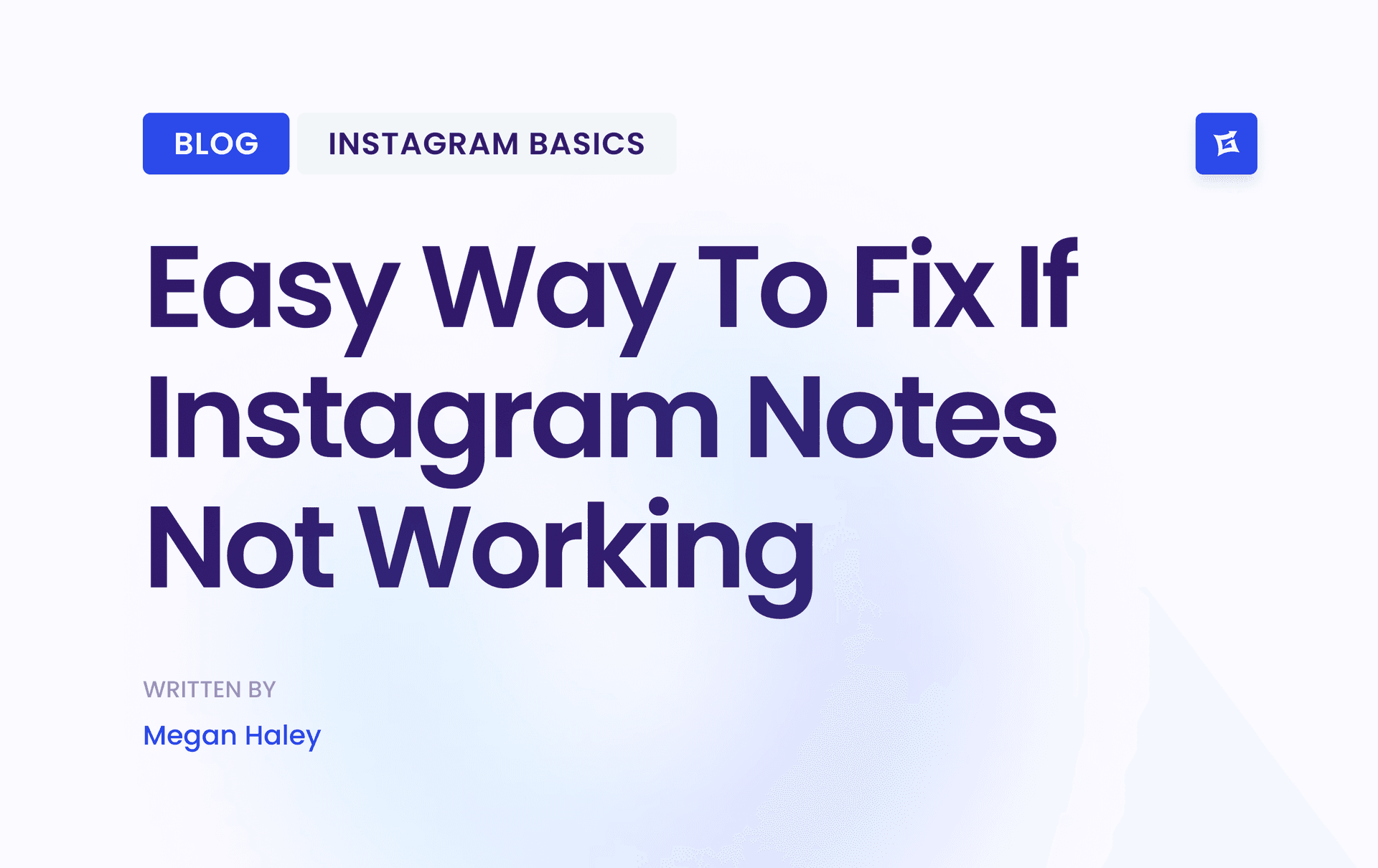
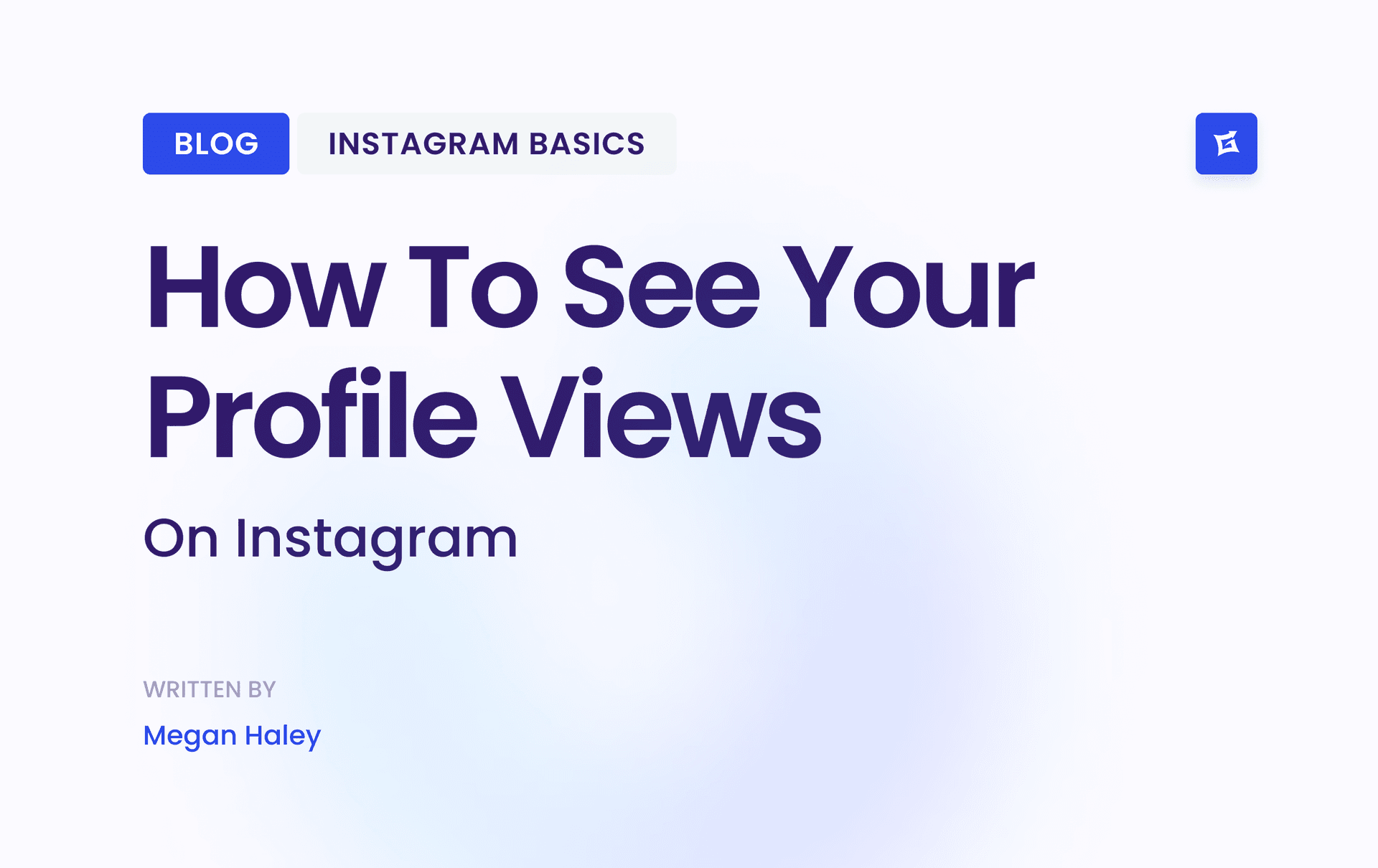
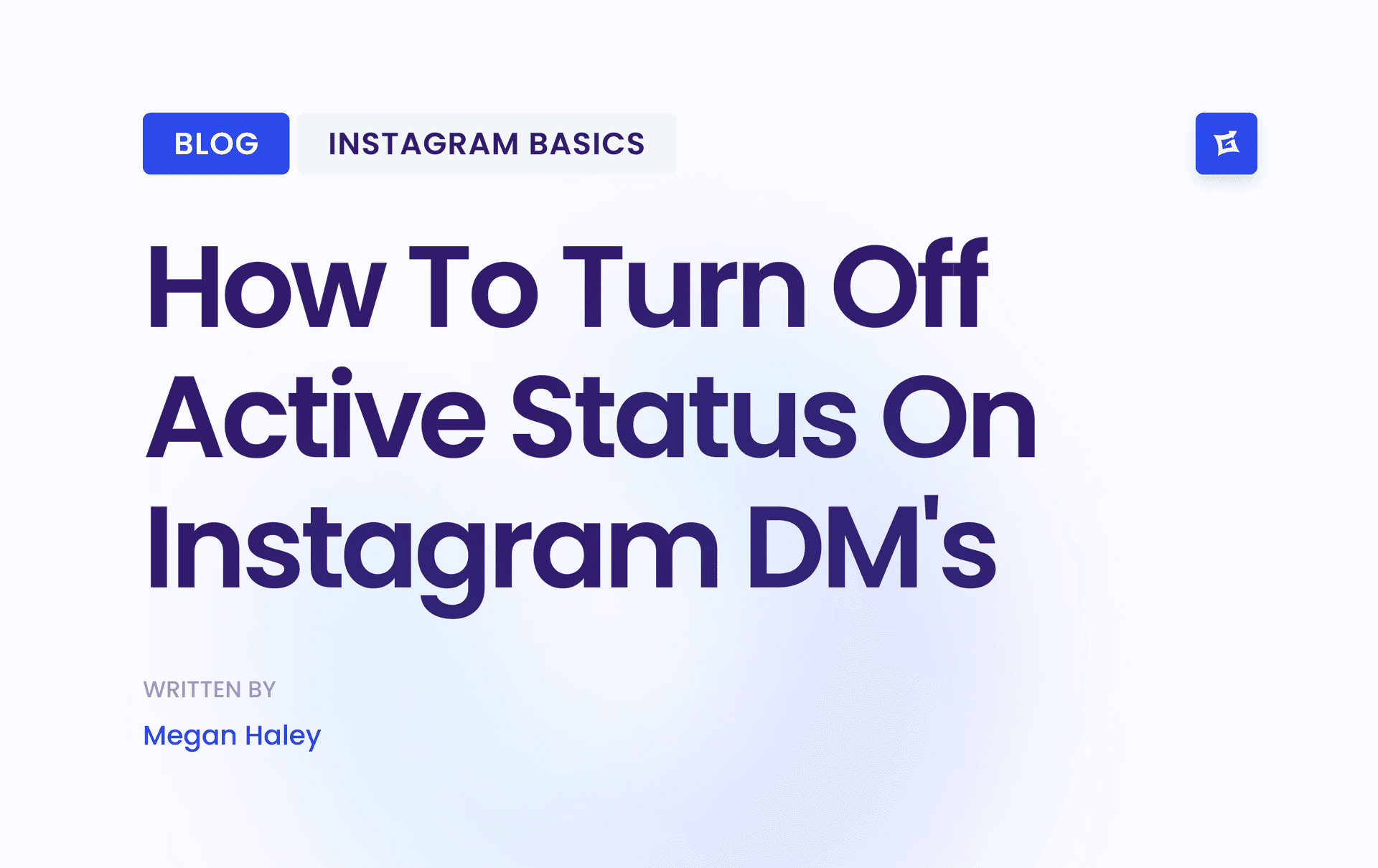
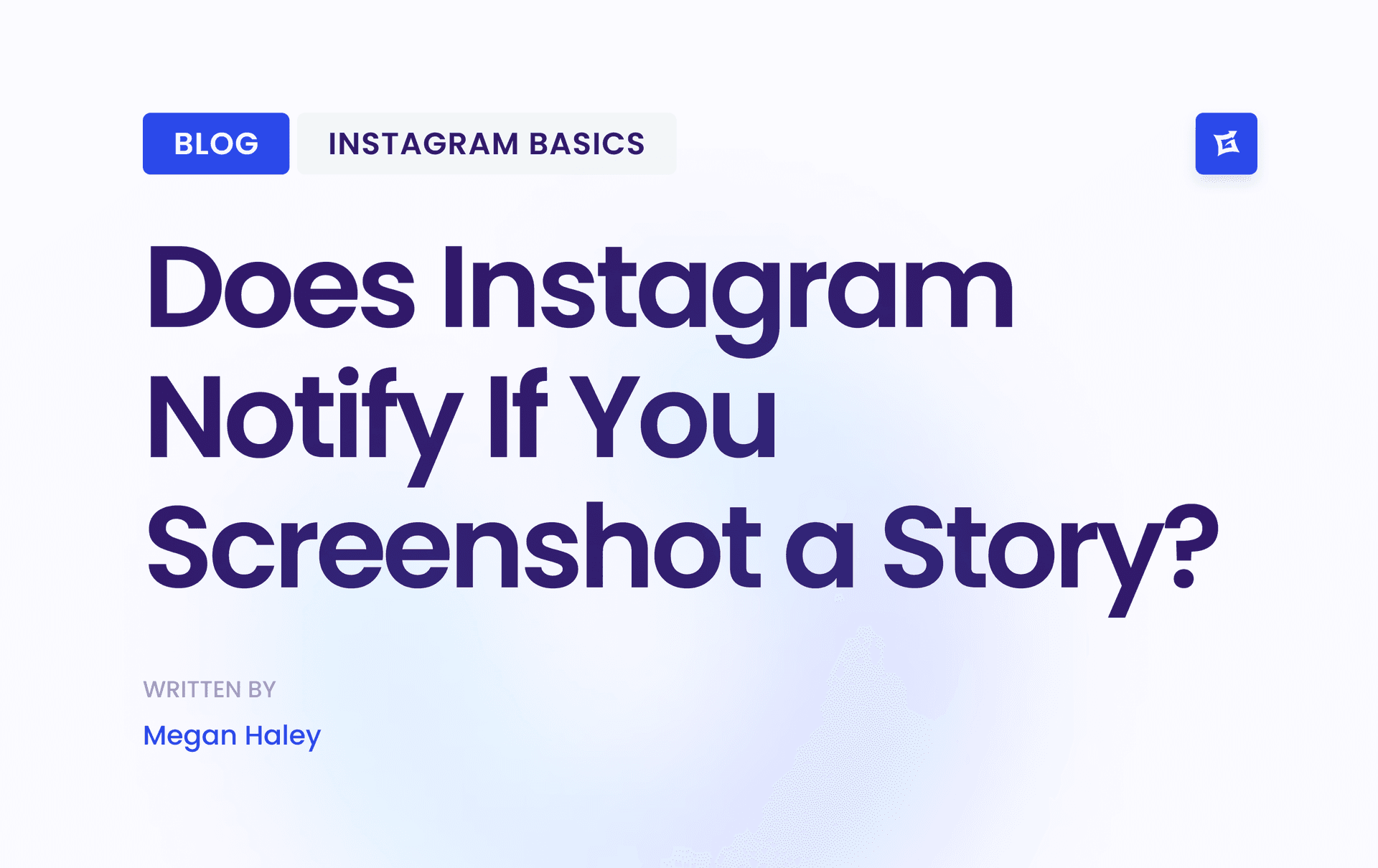



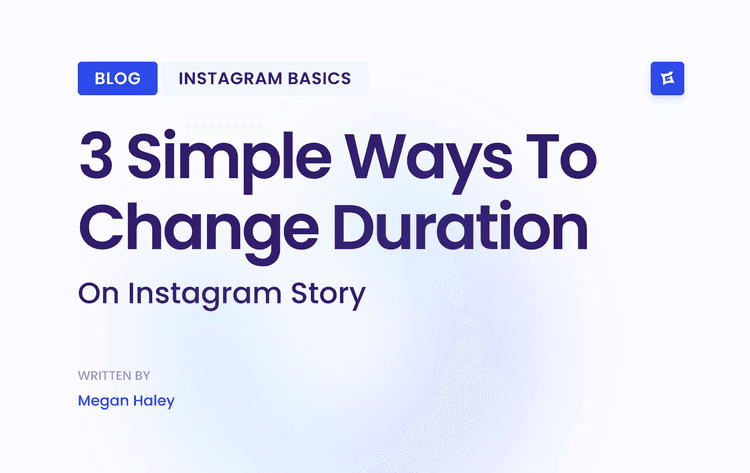
.png&w=750&q=75&dpl=dpl_9XSWKBjhcBN6v6b1SN7m3p1WWjfr)
